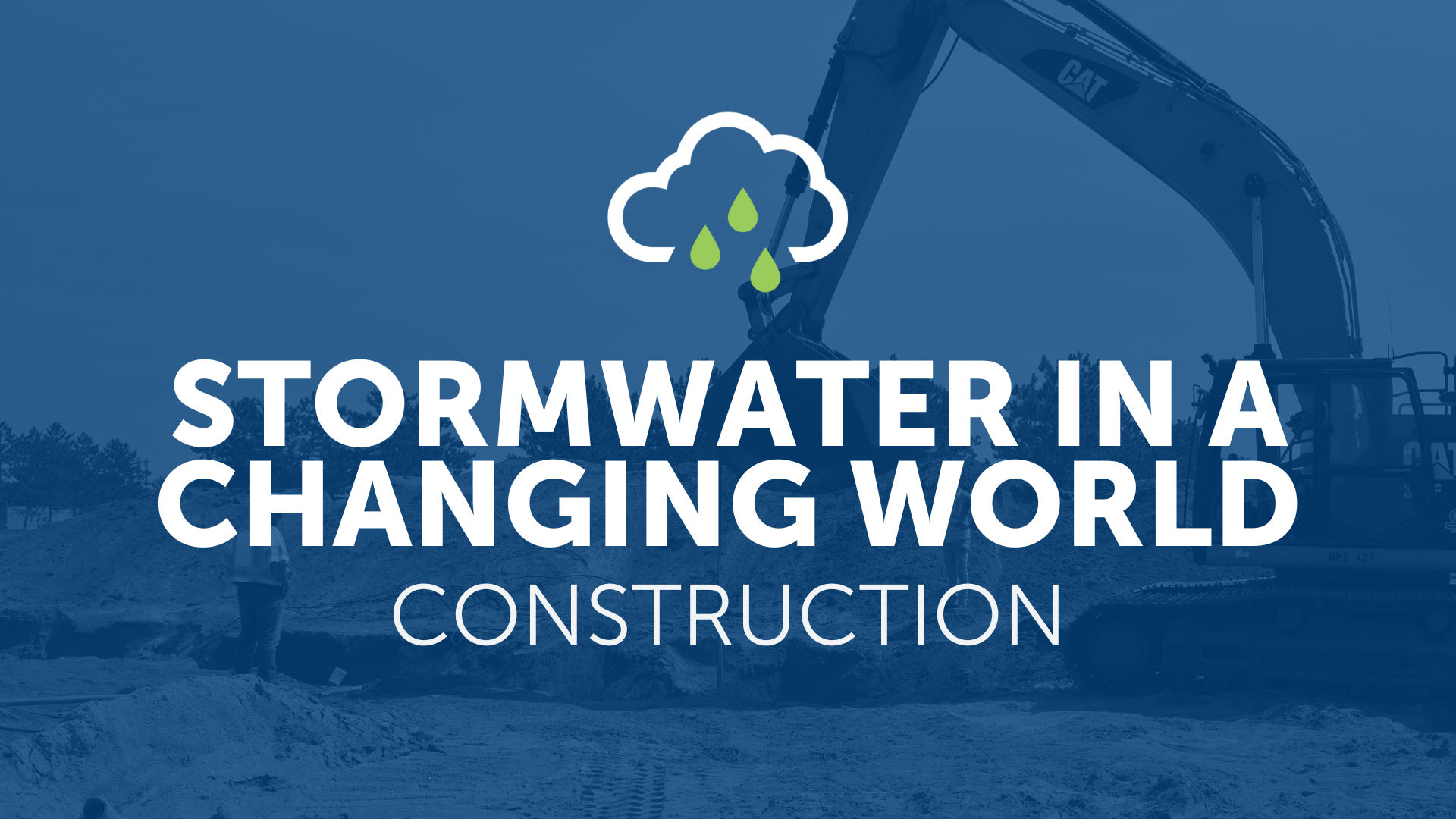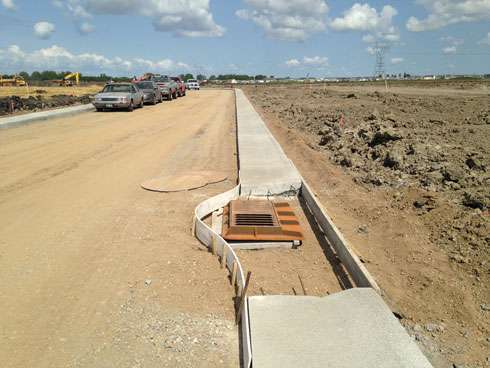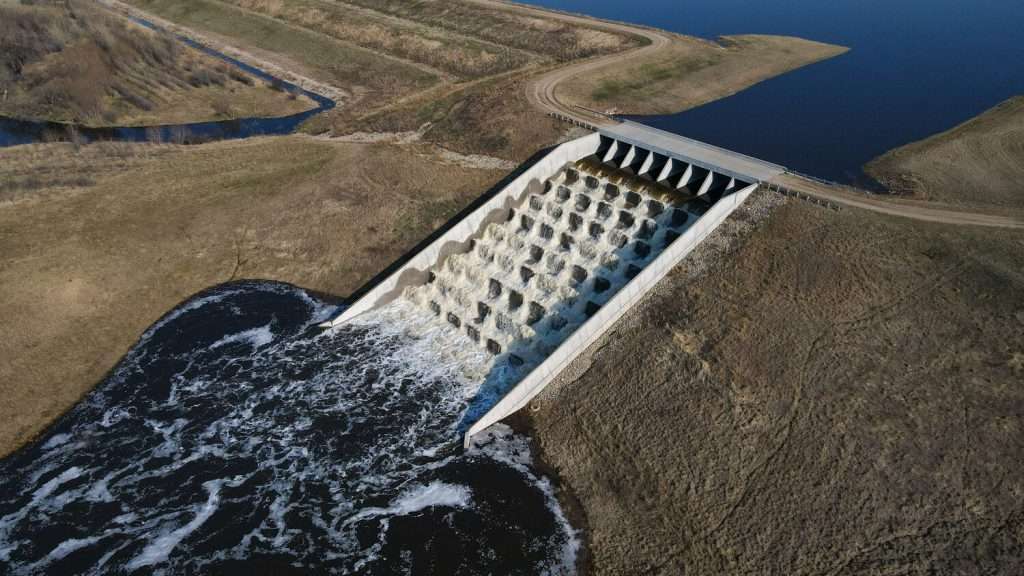
Stormwater in a Changing World | Construction
This post is the fourth installment of five articles highlighting stormwater, its impact on our daily lives, and how engineering expertise is applied to mitigate risk while remaining compliant.
So far in this stormwater series, we’ve explored planning, modeling, design, permitting, and funding – all crucial steps to completing a successful stormwater project. Now we examine construction, the phase when infrastructure plans finally come into fruition for the benefit of the communities we serve.
Building Infrastructure Resilient to Climate Change
As we’ve covered in previous installments of this series, climate change is intensifying storms – bringing more stormwater than ever before. Staying ahead of changing weather patterns is critical to protecting human life and the infrastructure we rely on. Unfortunately, this is no small feat. Much of today’s public infrastructure is woefully ill-equipped to meet nature’s demand. “A lot of our existing infrastructure is generally undersized.” Dan Elemes, Water Resources Group Leader, explains. “One of the challenges for us is to find ways to retrofit and make our infrastructure more resilient and more able to withstand increased volumes and intensity of storms.”
In the same way, the regulatory environment is in constant flux. Remaining compliant is a persistent challenge, especially for smaller communities and those with stormwater systems that pre-date modern regulation, as Jeff Madejczyk, Environmental Senior Project Manager, explains, “For some of our communities, they were designed or developed before stormwater rules were implemented and therefore now they need to go in and conduct retrofit projects to be able to address the concerns with stormwater in neighborhoods impacted.”
Guarding Water Quality During Construction

Storms don’t abide by our schedules. The first snowmelt rarely aligns with our plans. For stormwater engineers, protecting our communities is a round-the-clock job. At no point is that mandate clearer than during construction.
Construction sites are prone to erosion and stormwater pollution from exposed soil and heavy machinery. To protect against road washouts and groundwater contamination, our team oversees requirements like silt fences, inlet protection, and revegetation to safeguard water quality during a project’s construction.
Delivering Custom Solutions in Any Environment
Moore Engineering has helped thousands of clients overcome unique stormwater construction challenges in both rural and urban settings.

In 2015, we had the honor of designing the newly completed Upper Maple River Dam. The $9.2M project was the product of over 20 years of planning. At 35 feet tall and boasting 1,550 cubic yards of concrete, the completed dam protects over 22,365 acres of rural land from the worst effects of overland flooding.
In urban settings, there are more factors to consider and obstacles to overcome. Take, for example, our work on the Crofton Coves Development, a new development featuring 140+ homes in Moore’s hometown region. The project exemplifies Moore’s integrated approach to building projects, with contributions from each of our four sectors. By the project’s completion in 2013, the new development included a 9.3-acre wet retention pond and a 2.4-acre dry detention pond to protect the homes within it.
Bringing Stormwater Expertise Full Circle
At Moore Engineering, our integrated team delivers end-to-end stormwater services from early planning through final construction, maintenance, and reporting. We transform communities by combining technical expertise with responsive project management to build storm-resilient infrastructure. For us, “improving lives by building strong communities,” is just another day at the office.